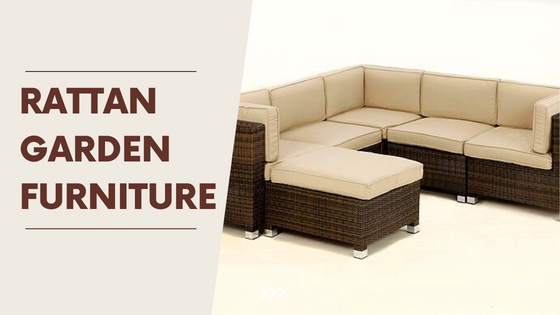
Have you just been accepted to a university? Congratulations. Now it’s time to find somewhere to live. Hopefully, you’ll be able to stay with your family for at least the first year of studying and then take out a student loan (which will cover most of your living expenses) but it might be worth exploring other options too. Read on for everything you need to know about student accommodation and renting student houses.
Furnished vs unfurnished student houses
If you’re moving into a furnished house, you’ll have your own bedding, towels and other household items. If you’re renting an unfurnished house and are looking for something more permanent, some landlords may be willing to discount the price of rent if you don’t request any furniture with your rental agreement. This means that if there happens to be some furniture left in the property by previous tenants (or even if it’s brand new), then it’s yours for free!

If you decide against taking out contents insurance on your belongings while living in student accommodation, this may leave your personal effects uninsured if anything goes wrong whilst they’re in storage or being delivered back home after graduation day.
Student halls of residence
Student halls of residence are usually on campus and provided by the university. They offer shared accommodation with other students, often in a hall of residence building or block. It’s worth noting that not all universities have accommodation on site; some might only offer off-campus student houses and apartments.
Student halls can be cheaper than private student accommodation but more expensive than shared houses or flats, especially if you’re living with friends from your course at the same time.
They can be more expensive than student houses too, though this depends on what place you’re looking at – some are pretty comparable in price!

